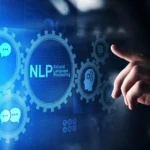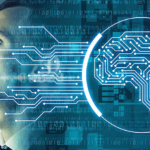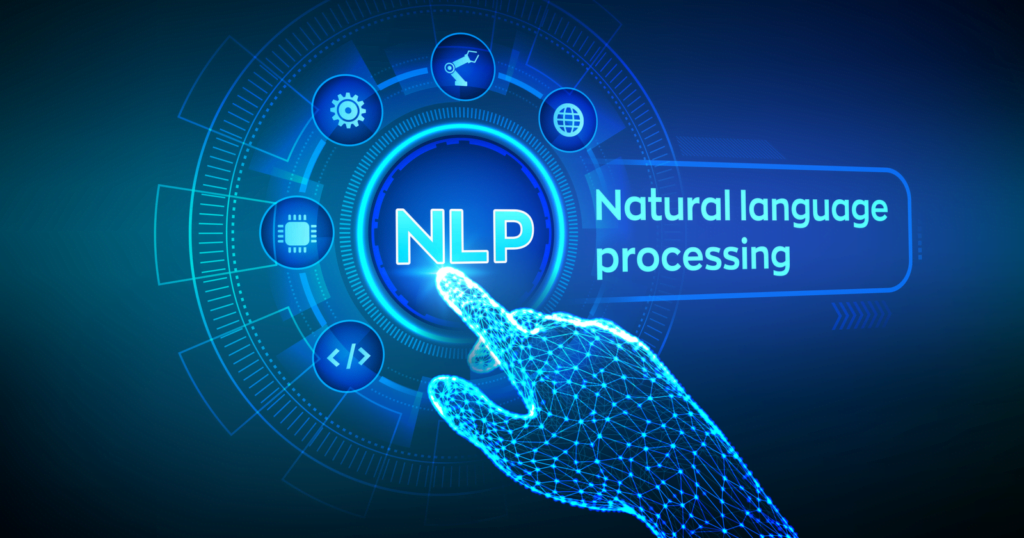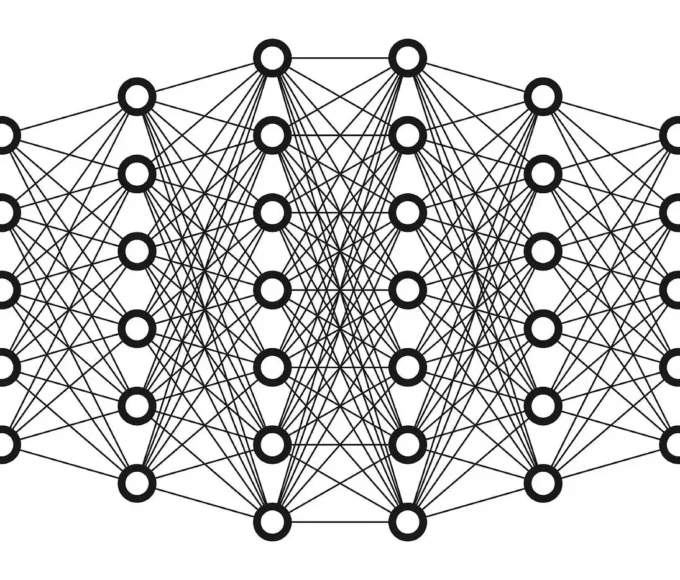Communication is a beautiful thread that connects us all, but the knots of language barriers have often made it a challenging journey. However, thanks to the remarkable advancements in machine learning, we are witnessing a heart-warming revolution in translation and transcription services. Artificial intelligence-powered systems are emerging as friendly allies, helping us bridge the gap between languages like never before. In this blog post, let’s embark on an exciting adventure to explore the world of machine learning and its heart-warming impact on translation and transcription.
The Power of Machine Learning: Giving Computers the Gift of Learning
Machine learning, a fascinating branch of artificial intelligence, is like a gentle teacher guiding computers to learn and improve from their experiences, just like we humans do. By immersing themselves in vast oceans of data, machine learning algorithms have become astoundingly skilled at recognizing patterns, understanding linguistic structures, and making predictions. This newfound ability has opened doors to a world of language-related applications, including the realms of translation and transcription, which were once considered formidable challenges for computers.
Machine Translation: A Multilingual Symphony of Understanding
Imagine a world where language barriers dissolve effortlessly, allowing ideas and emotions to flow freely. Machine translation, the magical process of automatically transforming text from one language to another, has made tremendous strides with the help of machine learning. In the past, traditional rule-based translation systems often stumbled over the complexities and subtleties of language, resulting in translations that were clunky and lacking in natural grace. But fear not, for machine learning models, particularly the captivating neural machine translation, have ignited a revolution in this field.
Neural machine translation harnesses the power of deep learning techniques, as if teaching computers to navigate the intricate dance of sentence structures. By training on vast multilingual datasets, these models grasp the essence of contextual and syntactical intricacies, leading to more accurate and polished translations. Thanks to neural machine translation, the translations we encounter today are not mere robotic renditions but rather eloquent expressions that convey meaning, fluency, and coherence, making them truly useful and reliable for various applications.
Real-time Transcription: Giving Voice to Multilingual Conversations
In a world brimming with diverse languages, real-time transcription services have emerged as the superheroes of multilingual communication. Powered by awe-inspiring speech recognition algorithms, these services empower us to understand and connect with one another in real-time. Imagine the sheer magic of converting spoken words into written text as the words are still being uttered, erasing the need for language comprehension to be an obstacle.
Machine learning has played a pivotal role in this domain, training models on colossal audio datasets, allowing them to understand and convert speech into text with remarkable accuracy. These systems, equipped with the wizardry of natural language processing, can gracefully handle multiple languages, dialects, and even the enchanting diversity of accents. Real-time transcription not only breaks down language barriers but also finds invaluable applications in conferences, interviews, and ensuring accessibility for the hearing impaired, spreading the joy of communication far and wide.
The Limitations and Ethical Considerations: Navigating with Compassion
As we embark on this exciting journey, it is important to acknowledge the limitations and ethical considerations that accompany these language-transforming technologies. While machine translation has taken remarkable strides, it’s essential to remember that there may still be occasional hiccups and challenges with certain language pairs or complex idiomatic expressions. Similarly, transcription systems, though enchanting, may encounter difficulties with specific accents or background noise, much like we humans sometimes do.
Moreover, as we marvel at the wonders of machine learning, we must also tread the path with compassion and mindfulness. Ethical considerations arise when it comes to data privacy, bias, and cultural sensitivity. Machine learning models heavily rely on the data they are trained on, and if this data carries biases or lacks diversity, it can unknowingly perpetuate stereotypes or inaccuracies in translations. Safeguarding user privacy while handling and storing sensitive personal information during translation and transcription processes is of utmost importance.
The Future of Translation and Transcription: A Harmonious Symphony of Understanding
As we gaze into the future, the horizon of translation and transcription gleams with infinite possibilities. Machine learning continues to evolve, promising even more accurate, context-aware translations, and real-time transcription services that resemble symphonies of understanding. The integration of other remarkable technologies such as natural language understanding and augmented reality will further enhance the capabilities of these systems, enabling seamless cross-language communication.
Furthermore, as machine learning models become more accessible, individuals and businesses will be able to orchestrate their own customized translation and transcription solutions, tailored precisely to their unique needs. This democratization of language technology will empower users across various industries, from international corporations seeking harmony in global collaboration to language learners embarking on exhilarating journeys of exploration.
Machine learning has emerged as a powerful ally, illuminating the path towards breaking down the language barrier with compassion and understanding. Through the magic of neural machine translation and real-time transcription, we are witnessing a symphony of languages intertwining, transcending boundaries, and fostering a world where communication knows no limits. As we journey forth, let us embrace the tremendous potential of machine learning while navigating this remarkable landscape responsibly, ensuring that our harmonious symphony of understanding touches lives with compassion and respect.
















Leave a comment